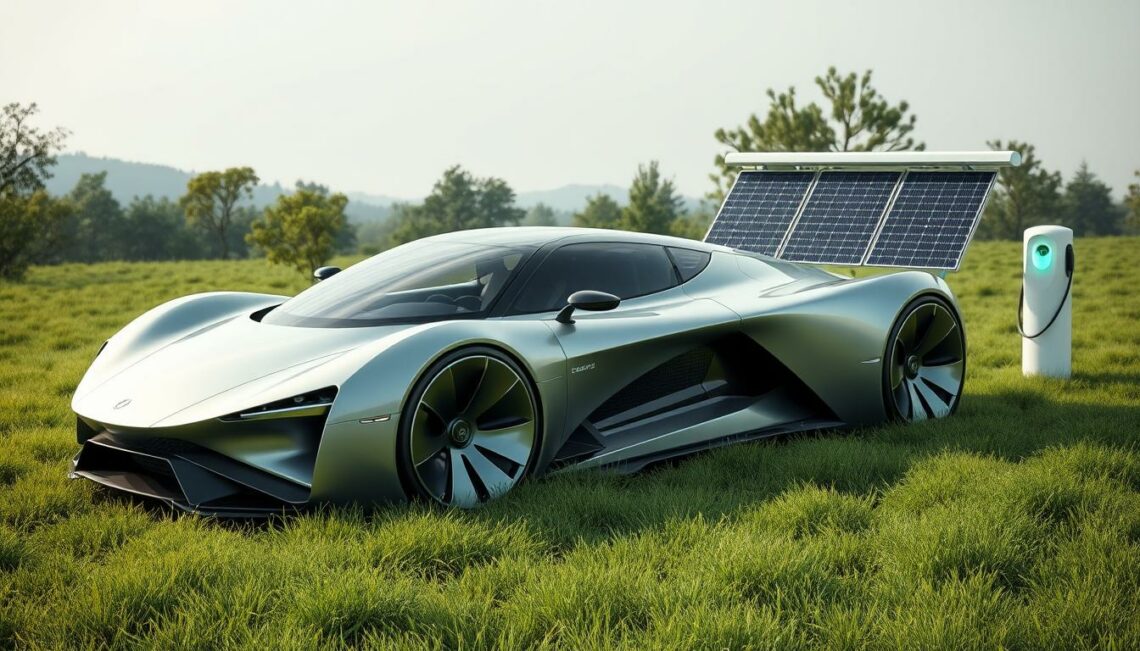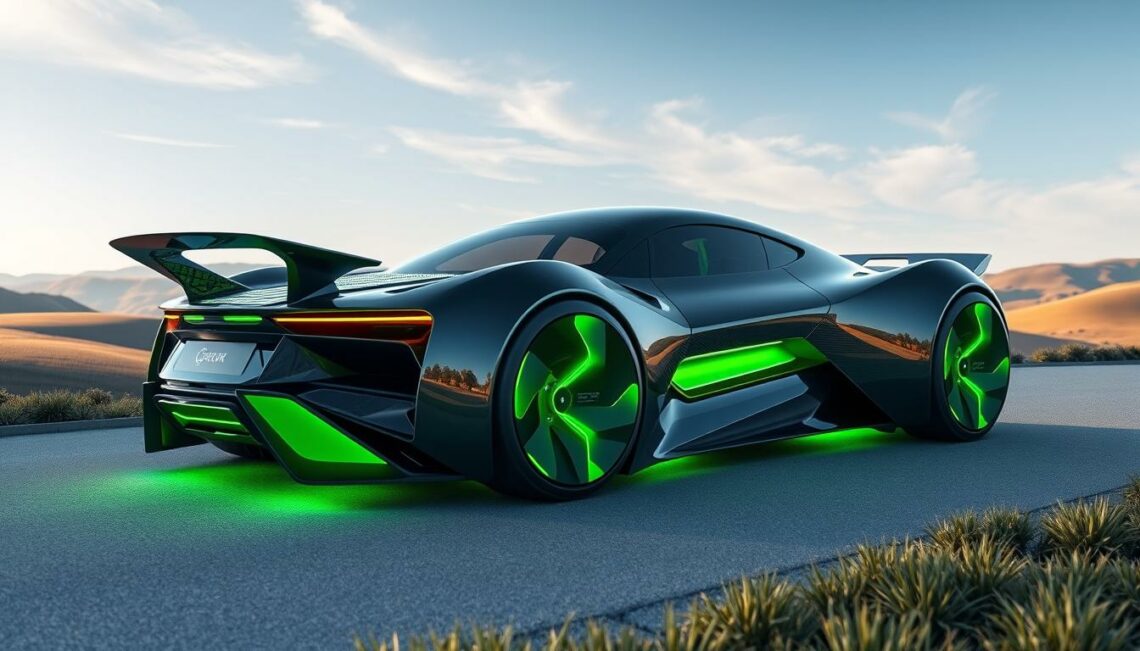As we stand on the brink of a new era in automotive design, the emergence of sustainable hypercars marks a pivotal moment in our journey towards eco-friendly technology. VISION 1789 encapsulates this evolution, merging the luxury and performance expected from high-end automobiles with an acute awareness of environmental responsibility. This groundbreaking hypercar not only challenges conventional notions of speed and luxury but also champions a commitment to green transportation.
With VISION 1789, we are exploring how the automotive industry can embrace a future that prioritizes sustainability without sacrificing quality or exhilaration. As stakeholders in this dynamic ecosystem, we recognize the urgent need for innovation in creating vehicles that harmonize with our planet. Let’s delve deeper into how VISION 1789 sets a new standard for sustainable hypercars.
The Evolution of Hypercar Technology
In recent years, the automotive world has witnessed a remarkable transformation, pushing the boundaries of performance and sustainability. Hypercars stand at the pinnacle of this evolution, showcasing advanced engineering and unmatched speed. These exceptional vehicles embody the spirit of automotive innovation, yet they often trigger discussions regarding their environmental impact.
Understanding Hypercars and Their Impact on the Environment
Hypercars are defined by their extraordinary performance metrics, superior speed, and cutting-edge technology. Brands like McLaren and Bugatti have set the standard, delivering vehicles that thrill driving enthusiasts. Yet, we must consider the environmental consequences of traditional hypercar technology, which can lead to significant carbon emissions and excessive resource consumption. This duality challenges us to reflect on how we can enjoy high-performance vehicles while minimizing their ecological footprint.
The Role of Innovation in Eco-Friendly Design
To address these challenges, the role of innovation in eco-friendly design becomes crucial. Leaders in the industry, such as Tesla, showcase how sustainable vehicles can achieve remarkable performance. Their electric hypercars demonstrate that it is possible to combine high efficiency with a lower environmental impact. This commitment to automotive innovation sets a precedent for future designs, paving the way for more eco-conscious options in the hypercar market.

The Future of Sustainable Hypercars: VISION 1789’s Revolutionary Technology
As we explore the realm of sustainable hypercars, we are particularly drawn to the pioneering attributes of the VISION 1789. This vehicle embodies a perfect fusion of advanced automotive technology and environmental responsibility. Its key features, including lightweight materials, a powerful electric drivetrain, and superior aerodynamic efficiency, are designed not just for peak performance but also to enhance eco-friendliness. By prioritizing these elements, the VISION 1789 champions a new era of sustainable performance that truly sets it apart from other hypercars.
Key Features of VISION 1789’s Design
The VISION 1789 showcases several innovative characteristics that bolster its reputation. The integration of lightweight materials contributes to a reduced overall weight, allowing for improved agility and energy efficiency. Furthermore, its cutting-edge electric drivetrain delivers not only exhilarating speed but also the promise of zero emissions. These VISION 1789 features exemplify how we can achieve high performance while remaining committed to environmental stewardship.
The Technology Behind Sustainable Performance
At the heart of the VISION 1789’s remarkable capabilities lies an array of advanced technologies. Regenerative braking systems harness energy during deceleration, enhancing overall efficiency and battery life. Additionally, the incorporation of renewable energy sources for battery charging demonstrates a forward-thinking approach to reducing our reliance on fossil fuels. This synergy between innovative technology and sustainable performance positions the VISION 1789 as a trailblazer in the hypercar sector.
Benefits to the Environment and Society
The societal impact of adopting vehicles like the VISION 1789 extends far beyond individual ownership. By reducing fossil fuel dependency, we contribute to significant environmental benefits, such as lower greenhouse gas emissions and improved air quality. Moreover, the increasing public interest in eco-friendly transportation solutions serves to inspire future generations to prioritize sustainability in their own automotive choices. As we embrace the future of sustainable hypercars, the VISION 1789 remains a guiding light, illustrating that high performance and environmental responsibility can coexist harmoniously.

